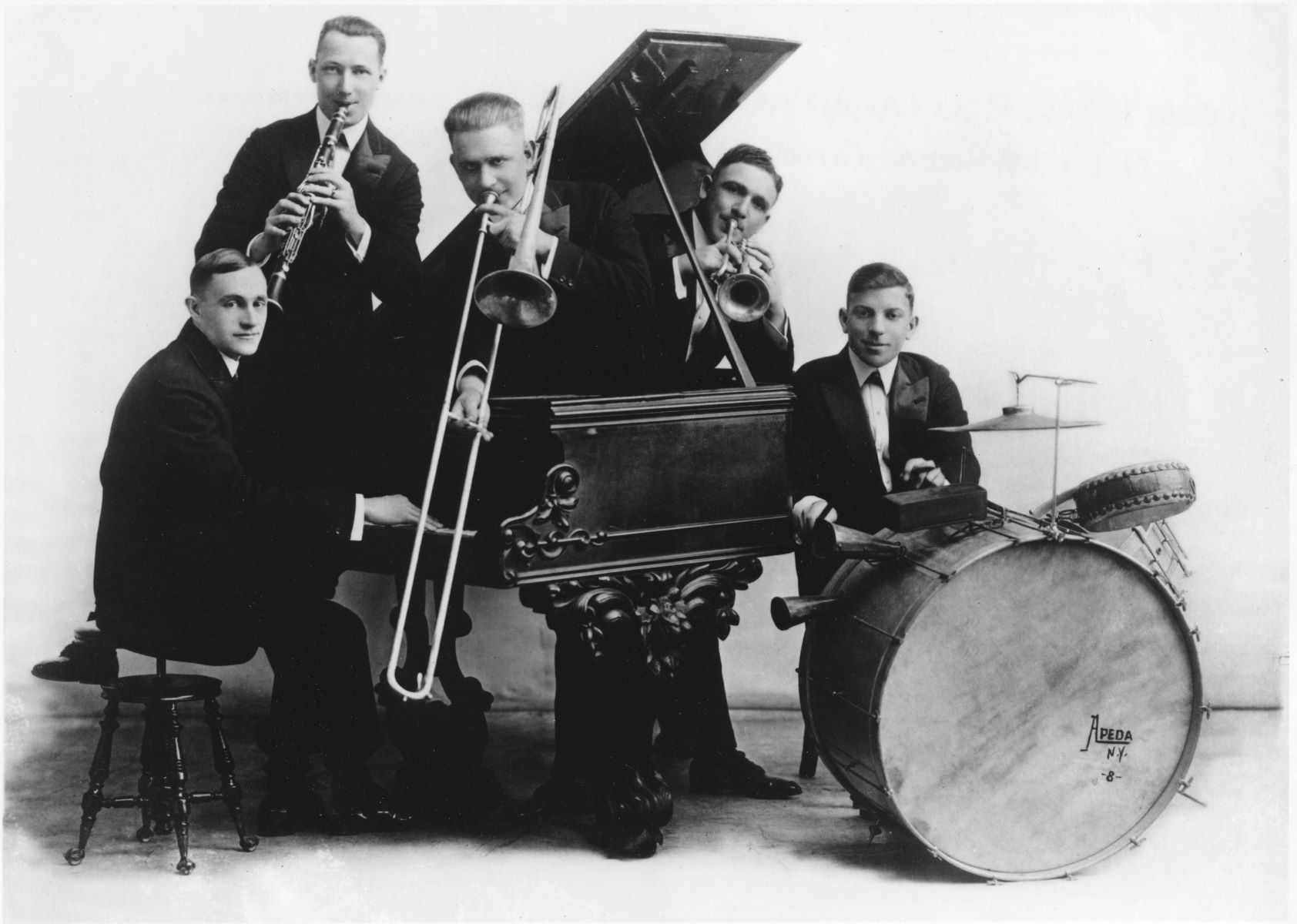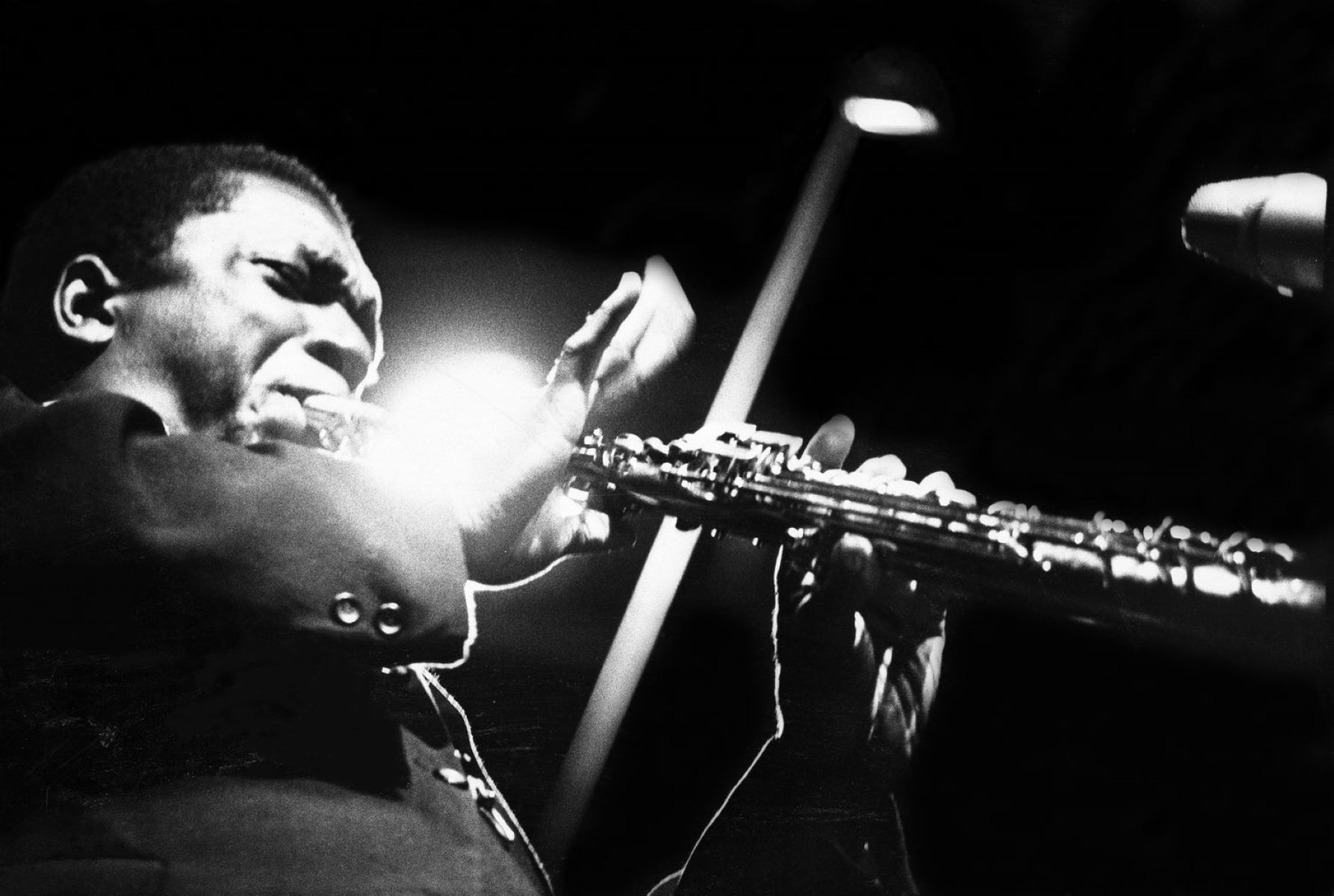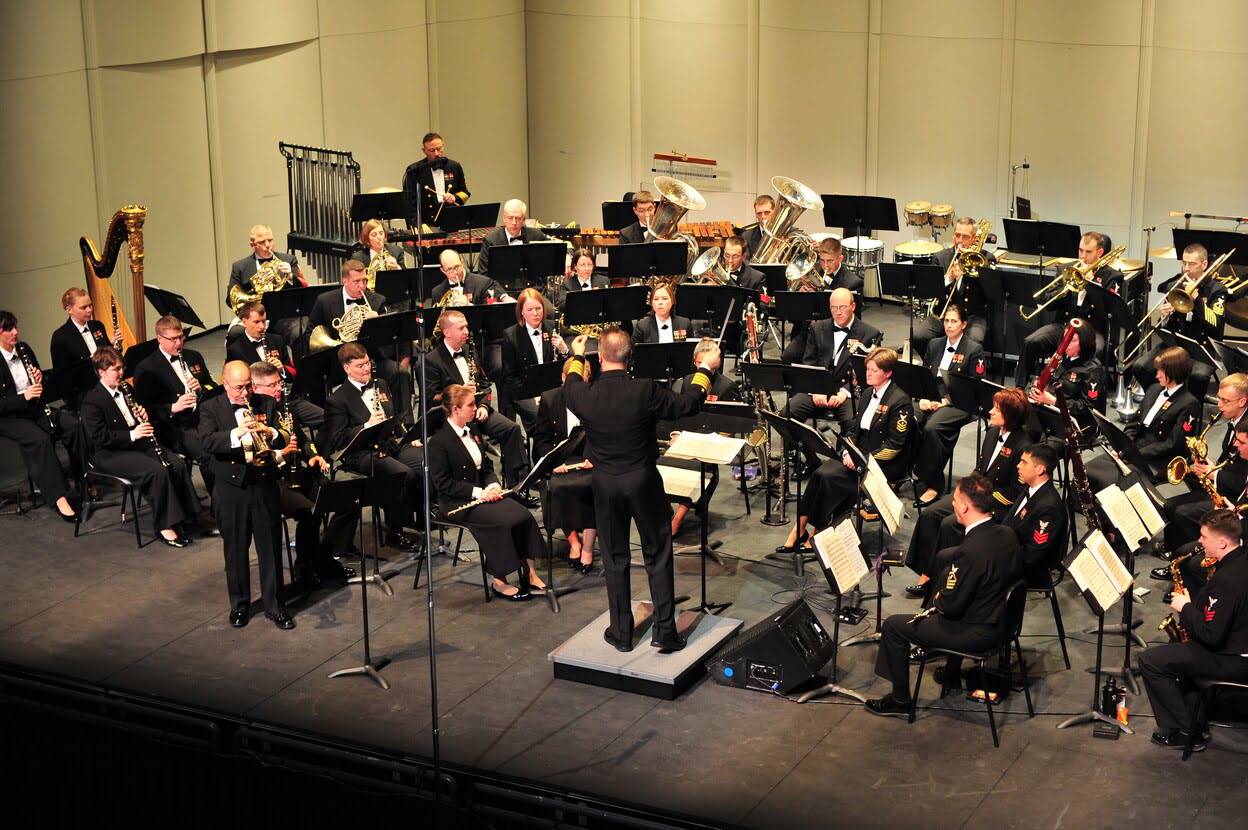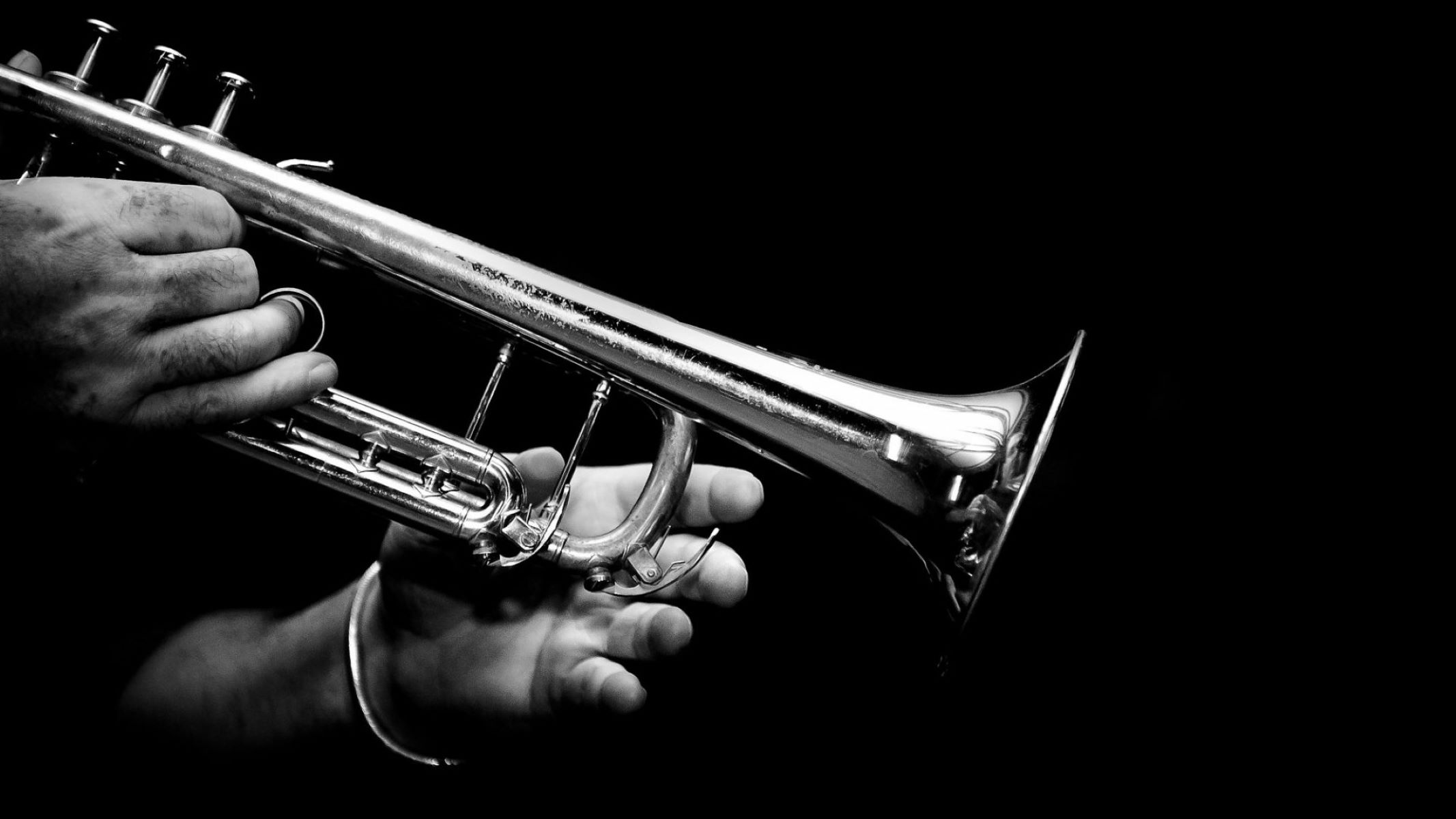Home>Genres>Jazz>How Did Bebop Differ From Earlier Jazz Forms
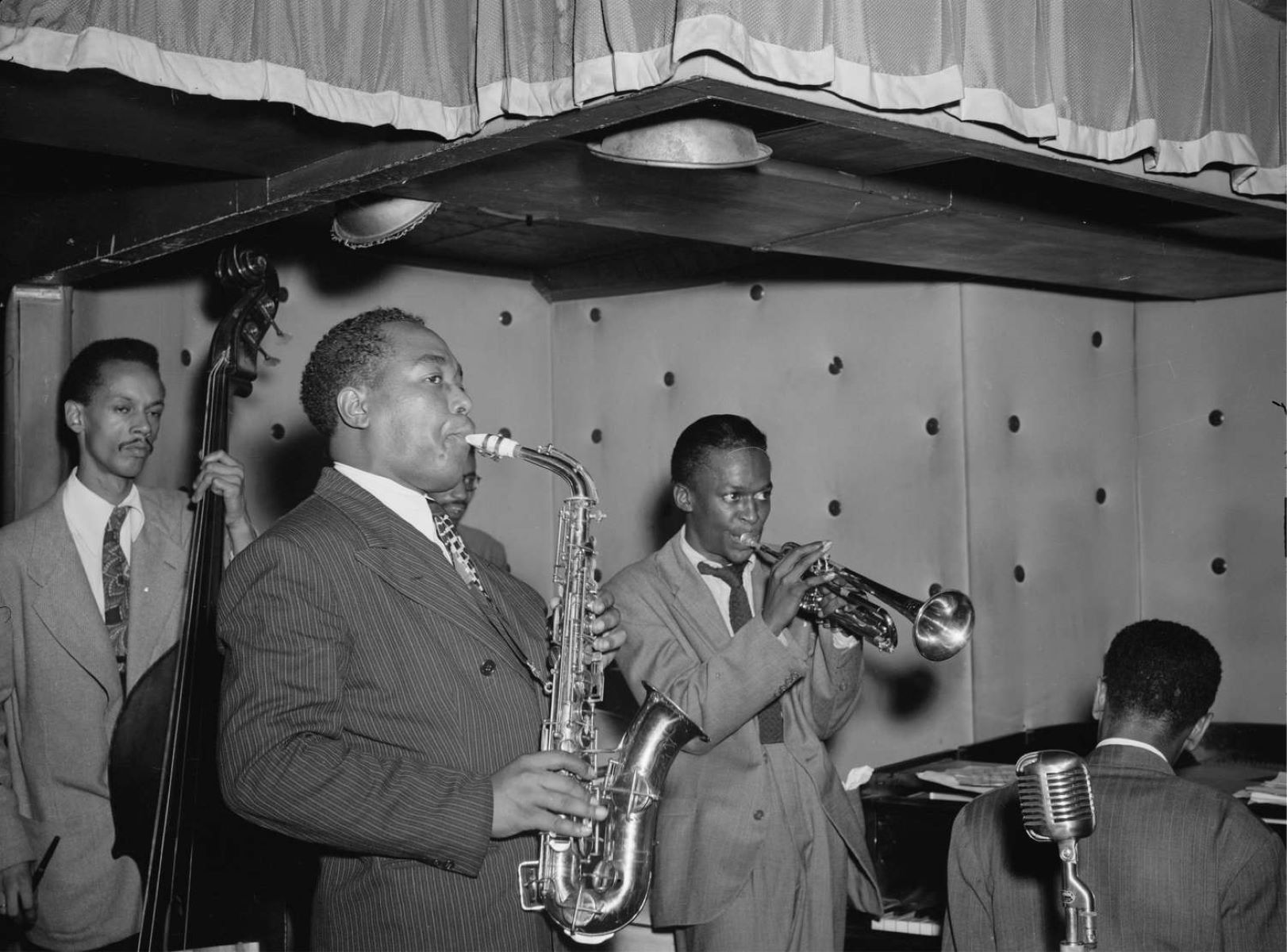

Jazz
How Did Bebop Differ From Earlier Jazz Forms
Modified: January 29, 2024
Discover the evolution of jazz with a deep dive into the distinctive characteristics of bebop and its departure from earlier forms. Uncover how jazz musicians pushed boundaries and transformed the genre.
(Many of the links in this article redirect to a specific reviewed product. Your purchase of these products through affiliate links helps to generate commission for AudioLover.com, at no extra cost. Learn more)
Table of Contents
Introduction
Jazz is a genre of music that has captivated audiences for decades with its captivating melodies, complex harmonies, and intricate improvisations. It originated in the African-American communities of New Orleans in the late 19th century and has since evolved into a global phenomenon. Throughout its history, jazz has undergone various transformations, with each new wave bringing forth unique characteristics and styles.
In this article, we will explore the birth of bebop, one of the most significant developments in the evolution of jazz. Bebop emerged in the 1940s as a response to the limitations and commercialization of earlier jazz forms. It represented a departure from the traditional conventions of swing and stride, introducing new harmonic and rhythmic frameworks that challenged musicians and delighted listeners.
With its intricate melodies, complex chord progressions, and lightning-fast improvisations, bebop revolutionized the jazz landscape, paving the way for future innovations and influencing countless musicians across genres. In this article, we will delve into the origins of jazz, discuss the characteristics of earlier jazz forms, trace the evolution of the genre, and explore how bebop differentiated itself from its predecessors.
Join us on this journey through the history of jazz as we uncover the vibrant and dynamic world of bebop and its lasting impact on music.
Origins of Jazz
The roots of jazz can be traced back to the late 19th century in the city of New Orleans, where a unique cultural fusion of African, European, Caribbean, and Creole influences gave birth to a new form of music. The African diaspora brought rhythms, vocal traditions, and musical instruments like the banjo and drumming techniques that would shape the rhythmic foundation of jazz.
Early jazz was deeply intertwined with the African-American experience and was often performed in social gatherings, dance halls, and on the streets. It served as a means of expression and communication in a society where racial segregation and discrimination were pervasive.
The music evolved from the ragtime style, which featured syncopated rhythms and a steady beat. Ragtime was popularized by composers like Scott Joplin, whose compositions showcased a mix of African rhythms and European classical music.
As the 20th century dawned, jazz began to gain popularity outside of New Orleans, mostly through the dissemination of sheet music and the rise of jazz recordings. This allowed musicians and bands to spread the sounds of jazz across the country and eventually around the world.
Early jazz forms, such as New Orleans jazz or Dixieland, emerged as a collective improvisation style, with musicians taking turns playing solos over a well-defined melody. The ensemble work was characterized by interplay between different instruments, creating a lively and energetic sound.
The origins of jazz can be traced back to the work of musicians like Louis Armstrong, King Oliver, and Jelly Roll Morton, who brought their unique styles, improvisational skills, and virtuosity to the forefront of the genre. Their contributions laid the foundation for the subsequent evolution of jazz.
Characteristics of Early Jazz Forms
Early jazz forms, such as New Orleans jazz or Dixieland, possessed distinctive characteristics that set them apart from other genres of music at the time. These traits contributed to the infectious energy and improvisational nature that defined early jazz.
1. Collective Improvisation: One of the defining features of early jazz was collective improvisation. Musicians would come together and simultaneously create improvised melodies, harmonies, and rhythms. This created a vibrant and dynamic musical dialogue between the performers, allowing for spontaneous creativity and interaction.
2. Call and Response: In line with its African roots, early jazz incorporated call and response patterns. A musician or vocalist would play or sing a phrase, and then another musician or the audience would respond with a contrasting phrase. This call and response structure added a sense of rhythmic complexity and engaged the listeners in the performance.
3. Syncopation: Syncopation, or the deliberate shifting of accents off the main beats, was another hallmark of early jazz. This rhythmic technique gave the music its distinctive “swing” feel and added a sense of excitement and unpredictability.
4. Blues Influences: Early jazz forms were heavily influenced by the blues, a genre rooted in African-American folk traditions. Blues scales and melodies were incorporated into jazz improvisations, adding an emotional depth and melancholic character to the music.
5. Instrumentation: Early jazz ensembles typically consisted of a small group of musicians, including a cornet or trumpet, clarinet, trombone, piano, banjo or guitar, double bass or tuba, and drums. Each instrument played a unique role in creating the overall sound, with the interaction between the instruments being a vital aspect of the music.
6. Improvisation: Improvisation played a central role in early jazz. Musicians would create spontaneous melodies and solos within the framework of the song’s structure. This improvisational freedom allowed for personal expression and showcased the individual skills and creativity of the performers.
These characteristics formed the foundation of early jazz forms and would later provide a launching pad for the development of more complex and innovative styles in the genre.
Evolution of Jazz
As jazz continued to gain popularity in the early 20th century, it underwent a series of transformations and innovations that expanded its boundaries and propelled it into new and exciting territory.
1. Swing Era: In the 1920s and 1930s, the swing era took center stage, characterized by big bands and arranged compositions. Swing music featured a strong rhythmic drive, with emphasis on a steady 4/4 beat for dancing. This era saw the rise of iconic bandleaders like Duke Ellington, Count Basie, and Benny Goodman, who brought swing into the mainstream.
2. Bebop: In the 1940s, bebop emerged as a reaction against the commercialization and simplistic approach of the swing era. Bebop musicians sought to explore complex harmonies, fast tempos, and intricate improvisations. Pioneers such as Charlie Parker, Dizzy Gillespie, and Thelonious Monk led the way, pushing the boundaries of jazz with their innovative compositions and virtuosic playing.
3. Cool Jazz: In the 1950s, cool jazz emerged as a response to the high energy and virtuosity of bebop. Cool jazz was characterized by a more relaxed and introspective sound, featuring arrangements that blended elements of classical music with jazz improvisation. Artists like Miles Davis and Dave Brubeck popularized this subgenre.
4. Modal Jazz: In the late 1950s and early 1960s, modal jazz gained prominence, focusing on the use of modes or scales rather than traditional chord progressions. This allowed for greater freedom in improvisation and a more atmospheric and exploratory sound. Miles Davis’s influential album “Kind of Blue” is considered a cornerstone of modal jazz.
5. Fusion: In the late 1960s and 1970s, jazz fusion emerged, blending elements of jazz with rock, funk, and other genres. This fusion of styles led to the incorporation of electric instruments, synthesizers, and complex rhythms. Artists like Herbie Hancock, Weather Report, and Chick Corea pushed the boundaries of jazz, creating a fusion of sounds that appealed to a wider audience.
6. Contemporary Jazz: Today, jazz continues to evolve and incorporate influences from various genres. Contemporary jazz encompasses a wide range of styles and approaches, with artists integrating elements of hip-hop, R&B, electronic music, and world music into their compositions and improvisations.
The evolution of jazz showcases its adaptability and constant quest for innovation. This ever-changing nature has allowed jazz to remain relevant and continue to captivate audiences worldwide.
Birth of Bebop
The birth of bebop can be traced back to the 1940s in the thriving jazz scenes of New York City and Kansas City. This new style of jazz emerged as a response to the constraints and commercialization of the swing era and sought to challenge the status quo with its innovative approach to harmony, rhythm, and improvisation.
Bebop was a product of the collaboration and experimentation of a group of talented musicians, including Charlie Parker, Dizzy Gillespie, Thelonious Monk, Bud Powell, and Max Roach, among others. These musicians were dissatisfied with the formulaic nature of swing music and yearned for greater freedom and complexity in their music.
One of the key factors in the birth of bebop was the shift from big bands to smaller groups known as combos or small ensembles. These smaller groups allowed for more intimate and interactive performances, giving individual musicians the opportunity to showcase their virtuosity and express their musical ideas more freely.
Bebop deviated from the predictable song structures and danceable rhythms of swing. It introduced complex harmonies, rapid chord progressions, and intricate melodies. The emphasis shifted from the melody to the improvisation, with musicians engaging in extended solos that showcased their technical prowess and creativity.
One of the most influential bebop musicians was saxophonist Charlie Parker, also known as “Bird.” Parker’s unique melodic style, rapid-fire improvisations, and harmonic innovations set the stage for what bebop would become. His recordings, including the iconic “Ko-Ko” and “Anthropology,” showcased the intricate and virtuosic nature of the genre.
Another key figure in the birth of bebop was trumpeter Dizzy Gillespie. Gillespie’s innovative use of extended harmonies, complex rhythms, and scorching technique pushed the boundaries of jazz and paved the way for future generations of musicians.
Thelonious Monk, a pianist and composer, played a crucial role in bebop’s development through his unique sense of rhythm and use of dissonance. His compositions, such as “Round Midnight” and “Straight, No Chaser,” became standards of the bebop repertoire.
With its intricate melodies, complex chord progressions, and rapid rhythmic changes, bebop posed a challenge to musicians and listeners alike. It demanded a deep understanding of music theory, technical proficiency, and an ability to navigate its fast and intricate improvisations.
The birth of bebop marked a turning point in the history of jazz. Its groundbreaking ideas and techniques paved the way for future developments in jazz, laying the foundation for modern jazz styles. Bebop’s influence can still be heard in contemporary jazz and continues to inspire musicians to push the boundaries of the genre.
Elements of Bebop
Bebop, with its innovative and complex approach to jazz, introduced several key elements that distinguish it from earlier jazz forms. These elements played a crucial role in shaping the unique sound and style of bebop, making it a groundbreaking genre that revolutionized the jazz landscape.
1. Complex Harmonies: Bebop composers and musicians explored intricate and extended harmonies, breaking away from the simpler chord progressions of earlier jazz forms. They incorporated substitutions, chromaticism, and altered chords, adding layers of complexity and tension to their compositions. This harmonic sophistication allowed for greater improvisational freedom and pushed the boundaries of jazz harmony.
2. Fast Tempos: Bebop was known for its blistering fast tempos, which presented a new level of technical challenge for musicians. This rapid pace showcased the virtuosic abilities of the bebop players and lent a sense of urgency and excitement to the music. It required quick thinking and nimble fingers to navigate the intricate melodies and complex improvisations that defined bebop.
3. Intricate Melodies: Bebop melodies were characterized by their intricate and often asymmetrical phrasing. They incorporated wide interval leaps, rapid note patterns, and unexpected accents, challenging the improviser to think on their feet and innovate in real-time. These complex melodies demanded a high level of technical skill and musical dexterity.
4. Rhythmic Complexity: Bebop introduced rhythmic complexity through syncopation, intricate phrasing, and polyrhythms. Musicians embraced irregular accents, unexpected pauses, and offbeat rhythms, creating a sense of rhythmic tension and unpredictability. This rhythmic sophistication added a new level of excitement and energy to the music.
5. Extended Improvisations: Bebop placed a heavy emphasis on improvisation, with musicians taking extended solos that pushed the boundaries of their technical abilities. These solos were characterized by lightning-fast lines, intricate note patterns, and advanced harmonic vocabulary. Bebop improvisation demanded a deep understanding of music theory, a vast vocabulary of melodic patterns, and the ability to navigate complex chord changes with precision.
6. Vocal-like Expression: Bebop musicians aimed to emulate the expressive qualities of the human voice in their playing. They incorporated techniques such as bending notes, vibrato, and dynamic phrasing to infuse their instruments with a vocal-like quality. This approach added a heightened sense of emotion and individuality to their improvisations, further distinguishing bebop from earlier jazz forms.
The elements of bebop represented a departure from the more accessible and danceable swing music of earlier jazz forms. With its complex harmonies, fast tempos, intricate melodies, rhythmic innovations, extended improvisations, and vocal-like expression, bebop pushed the boundaries of what was considered possible in jazz, setting the stage for further developments in the genre.
Differences between Bebop and Earlier Jazz Forms
Bebop, with its innovative approach to jazz, introduced several key differences compared to earlier jazz forms such as New Orleans jazz or swing. These differences fundamentally transformed the soundscape of jazz and paved the way for further developments in the genre.
1. Harmonic Complexity: Bebop departed from the simpler chord progressions of earlier jazz forms and introduced intricate and extended harmonies. While earlier jazz relied on straightforward diatonic chords, bebop embraced complex substitutions, chromaticism, and altered chords. This harmonic sophistication provided a new canvas for improvisation and pushed the boundaries of jazz harmony.
2. Fast Tempos and Technical Proficiency: Bebop brought a new level of virtuosity and technical challenge to jazz. Unlike the danceable tempos of swing, bebop favored blistering fast tempos that demanded extraordinary dexterity and speed from musicians. This emphasis on lightning-fast lines and complex melodic patterns showcased the technical prowess of bebop players and elevated the level of musicianship in jazz.
3. Emphasis on Improvisation: While earlier jazz forms incorporated improvisation, bebop placed a greater emphasis on extended and complex improvisations. Musicians in bebop took longer solos that showcased their individual artistry. Bebop improvisations were characterized by rapid-fire melodic lines, intricate phrasing, and advanced harmonic vocabulary. This increased focus on improvisation led to a deeper level of individual expression and creativity.
4. Rhythmic Complexity and Expressiveness: Bebop introduced rhythmic complexity through syncopation, intricate phrasing, and polyrhythms. While earlier jazz forms had a steady and predictable rhythmic feel, bebop embraced irregular accents, unexpected pauses, and offbeat rhythms. Additionally, bebop musicians sought to emulate the emotional qualities of the human voice in their playing, incorporating techniques such as bending notes, vibrato, and dynamic phrasing. This elevated level of rhythmic and emotive expression distinguished bebop from earlier jazz forms.
5. Small Ensembles and Collaborative Improvisation: Earlier jazz forms often relied on large ensembles and collective improvisation. In contrast, bebop favored smaller ensembles, such as trios or quartets, which allowed for greater individual expression and interaction between musicians. Bebop musicians engaged in more intricate and complex improvisational dialogues, where each player would contribute their unique ideas and virtuosic solos.
6. Intellectual and Artistic Focus: Bebop represented a shift from the more accessible and danceable nature of earlier jazz forms. It demanded a higher level of musical knowledge, technical proficiency, and active engagement from musicians and listeners. Bebop was often seen as a more intellectual and artistic form of jazz, with its complex harmonies, sophisticated improvisations, and intricate compositional structures.
These differences between bebop and earlier jazz forms marked a significant departure from tradition and paved the way for further innovations in jazz. Bebop’s harmonic complexity, fast tempos, emphasis on improvisation, rhythmic intricacy, small ensemble dynamics, and artistic focus transformed the jazz landscape and inspired generations of musicians to push the boundaries of the genre.
Impact and Legacy of Bebop
The impact of bebop on the world of jazz cannot be overstated. Its innovative and trailblazing approach revolutionized the genre and left an indelible mark on the history of music. Here are some of the ways in which bebop continues to shape and influence the jazz landscape:
1. Artistic Freedom: Bebop pushed the boundaries of jazz, paving the way for greater artistic freedom and exploration. It encouraged musicians to break away from the confines of commercialism and embrace their individuality, fostering a culture of innovation and personal expression. The legacy of artistic freedom instilled by bebop can still be seen in contemporary jazz and the diverse range of styles and approaches it encompasses.
2. Harmonic and Melodic Innovations: Bebop’s complex harmonies and intricate melodies expanded the vocabulary of jazz musicians. Its harmonic sophistication and melodic intricacies challenged musicians to explore new tonalities and pushed the boundaries of improvisation. Bebop’s influence can be heard in subsequent jazz genres, as musicians continue to incorporate its harmonic and melodic innovations into their compositions and improvisations.
3. Virtuosic Musicianship: Bebop raised the bar for technical proficiency in jazz. Its fast tempos, complex melodies, and demanding improvisations required musicians to develop exceptional technical skills. The virtuosic playing of bebop musicians set a new standard in jazz, inspiring future generations to pursue instrumental mastery and elevating the level of musicianship across the genre.
4. Shifting the Role of the Soloist: Bebop revolutionized the role of the soloist in jazz. It placed a greater emphasis on extended and complex improvisations, giving soloists the freedom to develop their own musical ideas within the framework of a composition. Bebop’s focus on individual expression reshaped the concept of the jazz solo, placing greater importance on the personal style and voice of each musician.
5. Influence on Other Genres: Bebop’s influence extends beyond jazz, permeating into other genres of music. Its emphasis on harmonic complexity, rhythmic intricacy, and intense improvisation has influenced musicians in genres ranging from rock and funk to hip-hop and beyond. The spirit of bebop can be heard in the adventurous and innovative musical expressions found in these diverse genres.
6. Cultural and Social Impact: Bebop became a symbol of cultural and social change. Its emergence in the 1940s reflected the voices and experiences of African-American musicians who sought to assert their identity and challenge societal norms. Bebop’s influence extended beyond music, serving as a catalyst for social change and inspiring a sense of empowerment and cultural pride within the African-American community.
The legacy of bebop continues to inspire and shape the jazz genre. Its impact on artistic freedom, harmonic and melodic innovation, virtuosic musicianship, the role of the soloist, influence on other genres, and cultural and social impact defines it as a pivotal moment in the evolution of jazz and solidifies its place as a timeless and revered contribution to the world of music.
Conclusion
Bebop represents a significant milestone in the evolution of jazz, pushing the boundaries of the genre and forever changing the landscape of music. Its complex harmonies, fast tempos, intricate melodies, rhythmic innovations, extended improvisations, and artistic freedom have left an indelible mark on jazz and beyond.
The birth of bebop in the 1940s was a response to the limitations and commercialization of earlier jazz forms. It brought forth a new era of artistic expression, where musicians sought to break away from convention and explore uncharted musical territory. Bebop challenged the status quo, introducing complex harmonies and rhythms that demanded a higher level of technical proficiency and musical knowledge.
The legacy of bebop is immense. It paved the way for future developments in jazz, inspiring musicians to delve deeper into harmonic complexity, technical virtuosity, and individual expression. Bebop’s influence can be heard in countless jazz genres, from cool jazz to modal jazz and beyond.
Beyond the realm of jazz, bebop has influenced and shaped other genres of music. Its rhythmic intricacy, harmonic innovations, and improvisational spirit have left an indelible mark on genres as diverse as rock, funk, and hip-hop.
Bebop was not only a musical movement but also a cultural and social force. It provided a platform for African-American musicians to express their identities, challenge societal norms, and instill a sense of empowerment and cultural pride within their community.
In conclusion, bebop stands as a testament to the power of artistic innovation and individual expression. Its impact on jazz, music as a whole, and society at large cannot be overstated. By pushing the boundaries of harmony, rhythm, improvisation, and technicality, bebop has left an enduring legacy that continues to inspire and shape the world of music.







